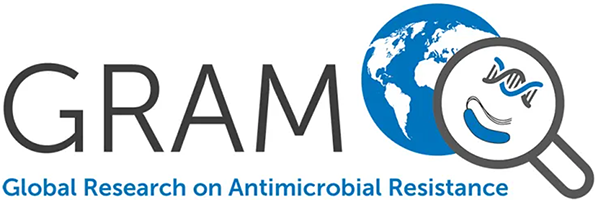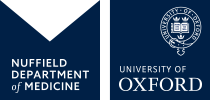Staphylococcal and streptococcal infections
Török ME., Day NPJ.
Staphylococcal and streptococcal infections are common infectious diseases and can range from mild, superficial skin infections to severe, life-threatening systemic infections. Staphylococcus aureus, group A streptococcus, and Streptococcus pneumoniae are the three major pathogens. The prevalence of invasive infections caused by community-associated meticillin-resistant S. aureus and group A streptococci appears to be increasing. The emergence of drug resistance (e.g. meticillin and glycopeptide resistance in S. aureus, macrolide resistance in group A streptococci and penicillin resistance in S. pneumoniae), is causing concern and could threaten successful treatment. Streptococcus suis has emerged as an important human pathogen. © 2014 Published by Elsevier Ltd.

